Schneider LAEN02 | Auxiliary contact block,EasyPact TVS,2NC
Original price was: EGP460.EGP248Current price is: EGP248.
In stock
Description
Schneider LAEN02 | Auxiliary contact block,EasyPact TVS,2NC
Outline of the Article:
- Introduction to Schneider LAEN02
- Overview of Auxiliary Contact Blocks
- Understanding EasyPact TVS
- Description of 2NC (2 Normally Closed) Configuration
- Importance of Auxiliary Contact Blocks in Electrical Systems
- Benefits of Using EasyPact TVS
- Installation and Configuration Guide for Schneider LAEN02
- Common Applications of Auxiliary Contact Blocks
- Safety Considerations and Compliance Standards
- Troubleshooting Tips for Auxiliary Contact Blocks
- Maintenance Practices for Electrical Contact Blocks
- Future Trends in Auxiliary Contact Block Technology
- Comparison with Other Contact Block Solutions
- Case Studies of Successful Implementations
- Conclusion: Summarizing Key Points
| Heading | Subheading |
|---|---|
| Introduction to Schneider LAEN02 | – Overview of the product |
| – Key features and specifications | |
| – Importance in electrical systems | |
| Overview of Auxiliary Contact Blocks | – Definition and purpose |
| – Types of contact blocks | |
| – Applications and benefits | |
| Understanding EasyPact TVS | – Introduction to EasyPact TVS |
| – Functionality and advantages | |
| – Compatibility with LAEN02 | |
| Description of 2NC Configuration | – Meaning of 2NC (2 Normally Closed) |
| – How it enhances electrical safety | |
| – Examples of usage | |
| Benefits of Using EasyPact TVS | – Efficiency improvements |
| – Cost-effectiveness | |
| – Safety enhancements | |
| Installation and Configuration Guide | – Step-by-step installation process |
| – Configuration settings for different applications | |
| Common Applications | – Industrial automation |
| – Building management systems | |
| – Energy distribution systems | |
| Safety Considerations and Compliance | – Regulatory standards compliance |
| – Safety precautions during installation and operation | |
| Troubleshooting Tips | – Common issues and their solutions |
| – Maintenance practices to avoid problems | |
| Maintenance Practices | – Regular inspection and cleaning |
| – Replacement of worn-out components | |
| Future Trends | – Innovations in contact block technology |
| – Integration with smart systems | |
| Comparison | – Contrast with traditional contact block solutions |
| – Advantages over competitors | |
| Case Studies | – Real-world examples of successful implementations |
| – Performance metrics and user feedback | |
| Conclusion | – Recap of key points |
Introduction to Schneider LAEN02 Schneider LAEN02 is a high-quality auxiliary contact block designed to enhance the functionality and safety of electrical systems. It is an essential component in various applications, offering reliable performance and ease of integration.
Overview of Auxiliary Contact Blocks Auxiliary contact blocks are supplementary devices used in electrical circuits to signal or control the operation of other components. They come in different configurations such as normally open (NO) and normally closed (NC), providing flexibility in system design.
Understanding EasyPact TVS EasyPact TVS is a series of circuit breakers known for their advanced features and robust construction. They are compatible with Schneider LAEN02, ensuring seamless integration and optimal performance in electrical installations.
Description of 2NC Configuration The 2NC configuration in auxiliary contact blocks signifies two normally closed contacts. This configuration is commonly used in safety circuits where the contacts remain closed under normal conditions and open when a fault occurs, triggering protective actions.
Benefits of Using EasyPact TVS Using EasyPact TVS offers numerous benefits such as improved efficiency, cost-effectiveness, and enhanced safety. These circuit breakers are designed to withstand harsh environments and provide reliable protection against electrical faults.
Installation and Configuration Guide Installing Schneider LAEN02 and EasyPact TVS is straightforward but requires adherence to safety guidelines and proper configuration settings. Following the manufacturer’s instructions ensures optimal performance and longevity of the equipment.
Common Applications Auxiliary contact blocks find applications in various industries including industrial automation, building management systems, and energy distribution. Their versatility and reliability make them indispensable in modern electrical setups.
Safety Considerations and Compliance Adhering to safety standards and regulations is crucial when working with electrical components like auxiliary contact blocks. Proper installation, regular maintenance, and compliance with standards ensure a safe and reliable electrical system.
Troubleshooting Tips Knowing common issues that may arise with auxiliary contact blocks and how to troubleshoot them is essential for maintaining uninterrupted operations. Regular inspections and timely repairs prevent costly downtime and equipment damage.
Maintenance Practices Routine maintenance of auxiliary contact blocks involves visual inspections, cleaning, and replacement of worn-out parts. Following recommended maintenance schedules extends the lifespan of the equipment and ensures optimal performance.
Future Trends The future of auxiliary contact block technology is promising, with advancements in smart systems integration and enhanced functionalities. Innovations aim to improve efficiency, reliability, and safety in electrical systems.
Comparison Comparing auxiliary contact blocks with traditional solutions highlights the advantages such as increased functionality, better performance, and compatibility with modern automation systems. Choosing the right contact block solution depends on specific application requirements and performance expectations.
Case Studies Real-world case studies demonstrate successful implementations of Schneider LAEN02 and EasyPact TVS in various industries. These studies showcase performance metrics, cost savings, and user satisfaction, providing valuable insights for potential users.
Conclusion Schneider LAEN02, auxiliary contact blocks, and EasyPact TVS play vital roles in enhancing electrical system functionality, safety, and efficiency. Understanding their features, benefits, and proper usage ensures optimized performance and reliable operations in diverse applications.
Unique FAQs
- What are the key differences between normally open (NO) and normally closed (NC) auxiliary contact blocks?
- How do auxiliary contact blocks contribute to electrical system safety?
- Can EasyPact TVS be integrated with other brands’ auxiliary contact blocks?
- What are the recommended maintenance intervals for auxiliary contact blocks?
- Are there any industry-specific standards for auxiliary contact block installations?
Only logged in customers who have purchased this product may leave a review.
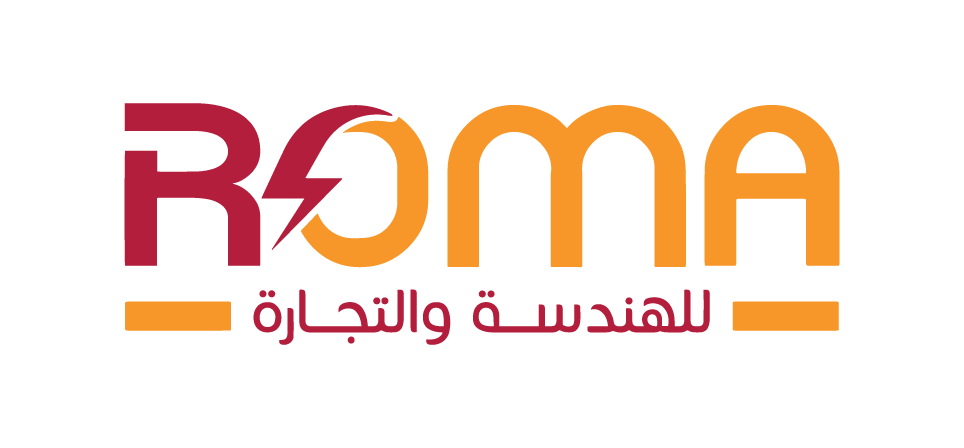
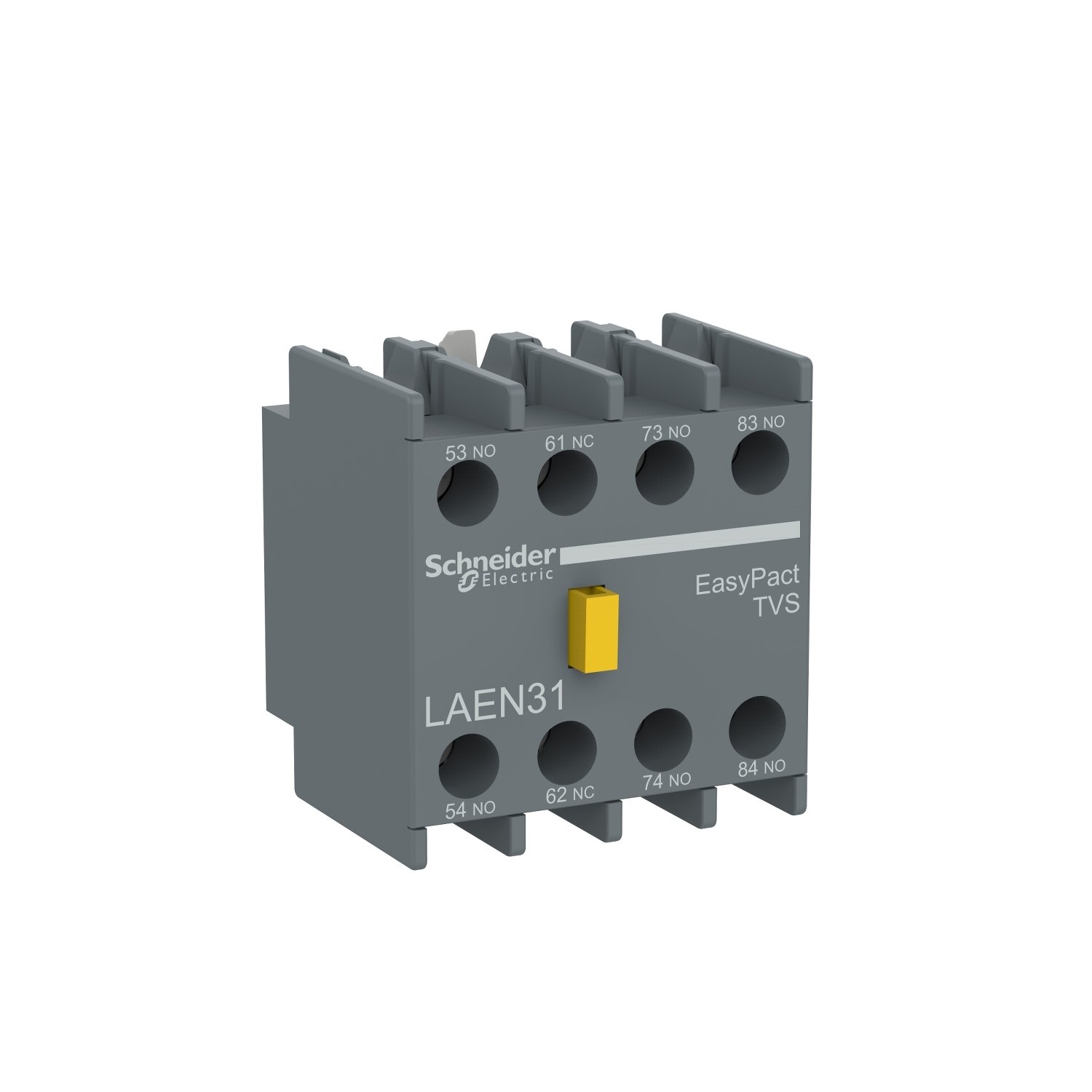
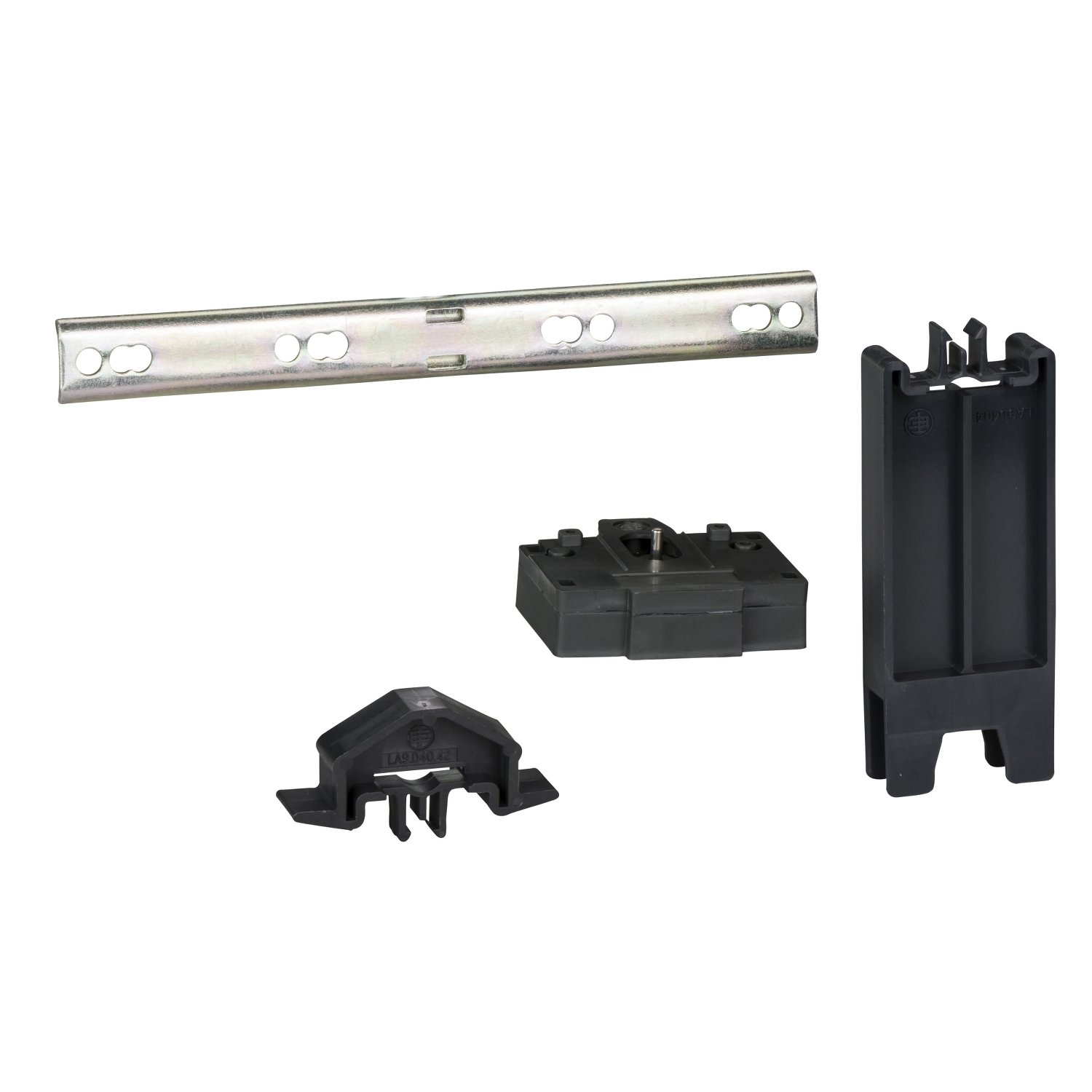
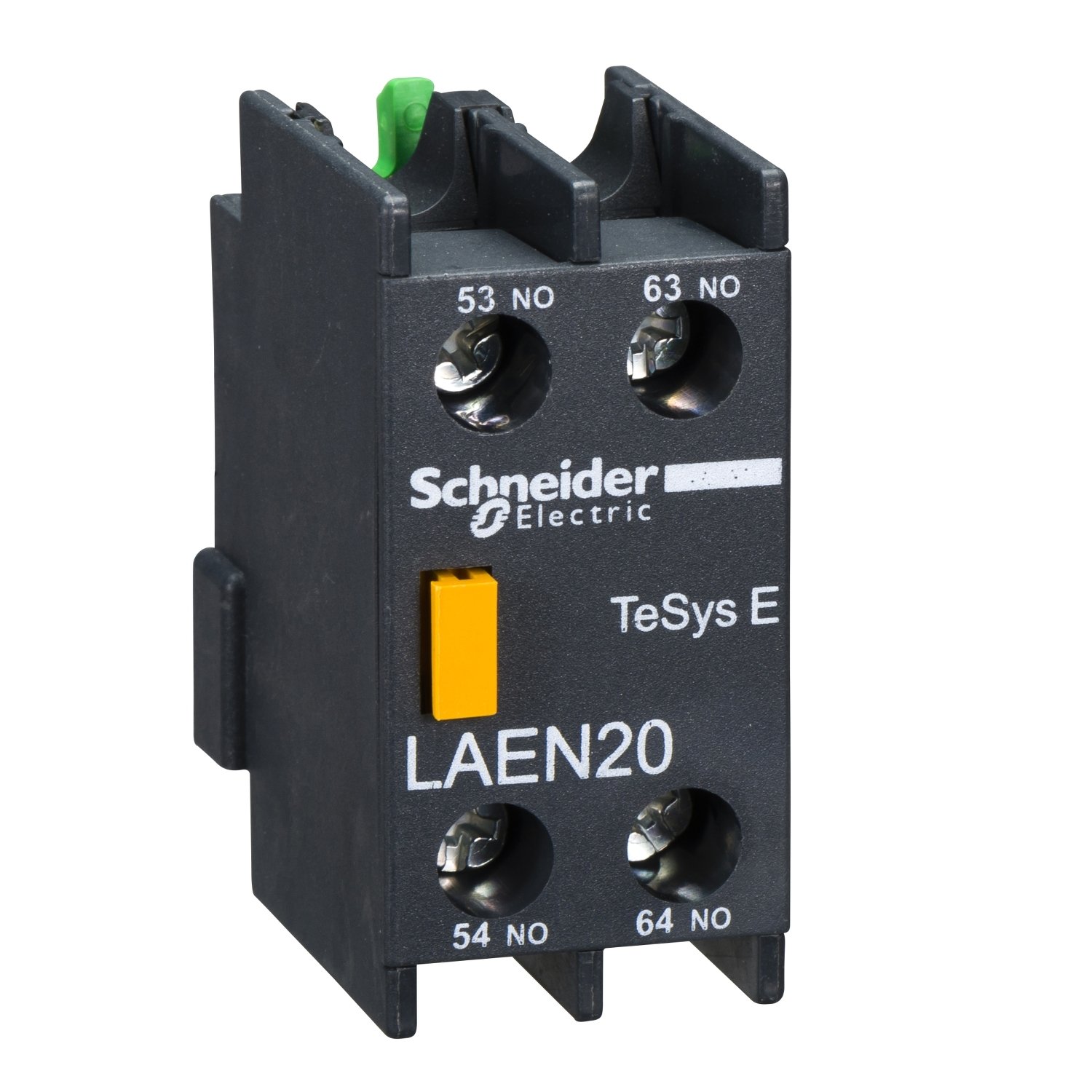
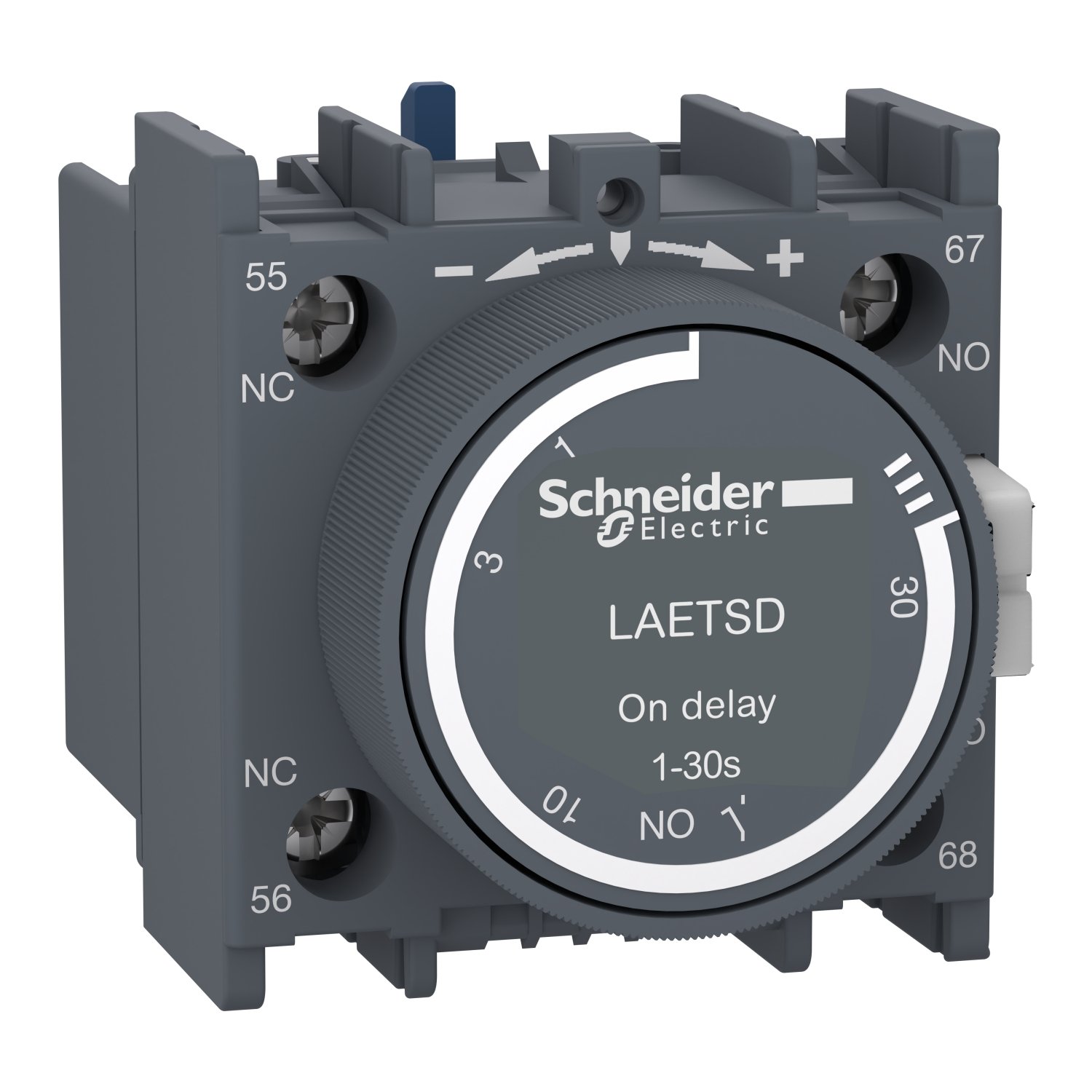
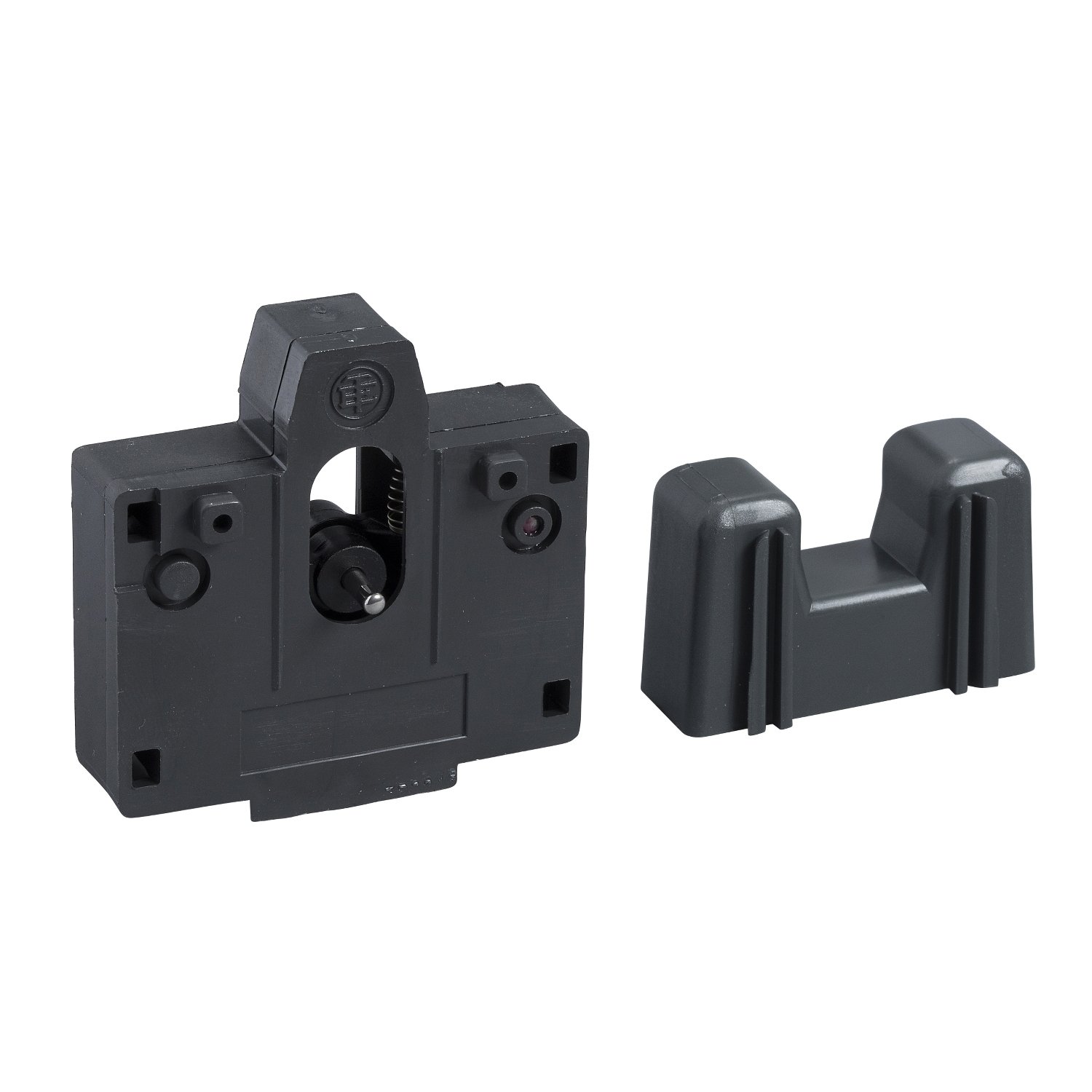
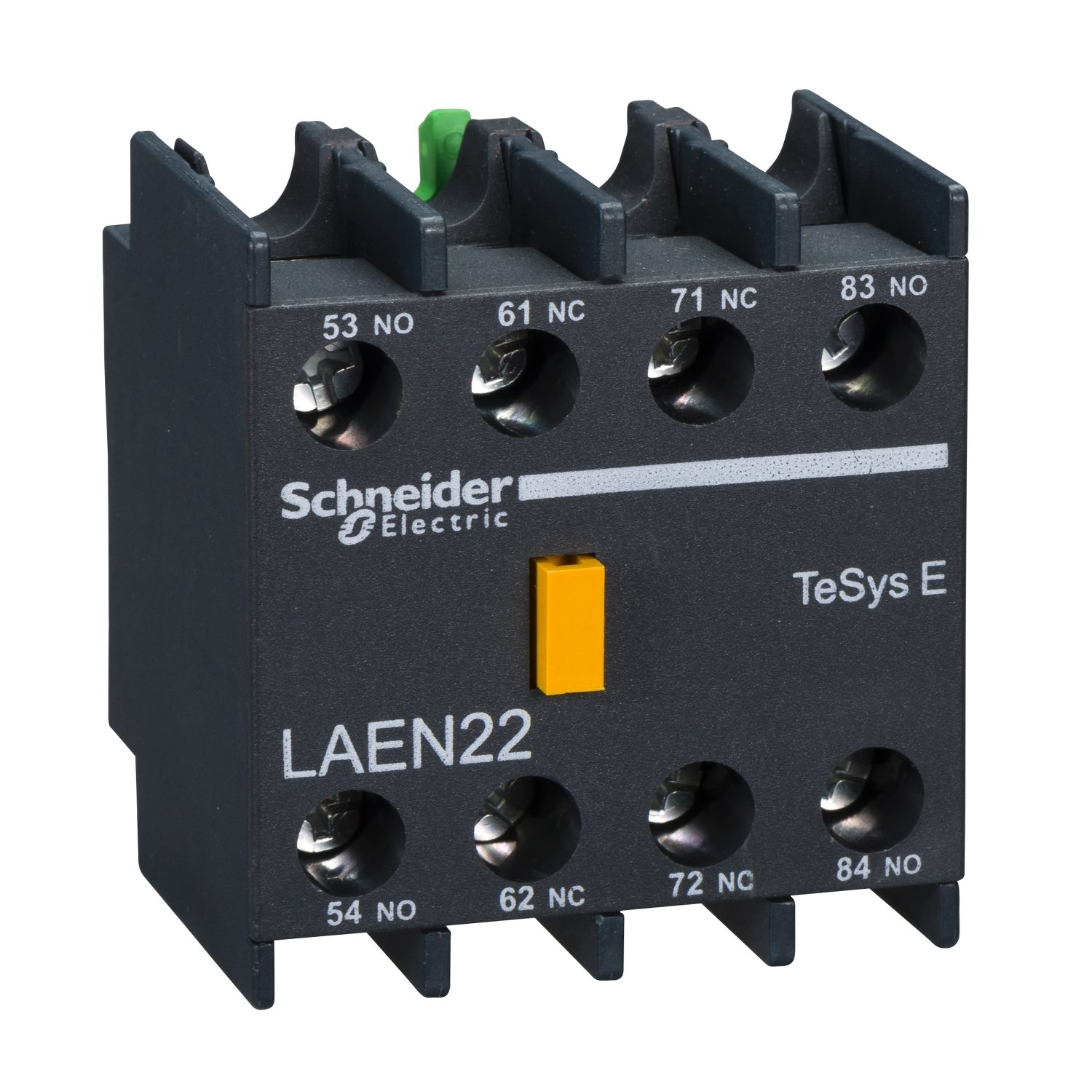
Reviews
There are no reviews yet.